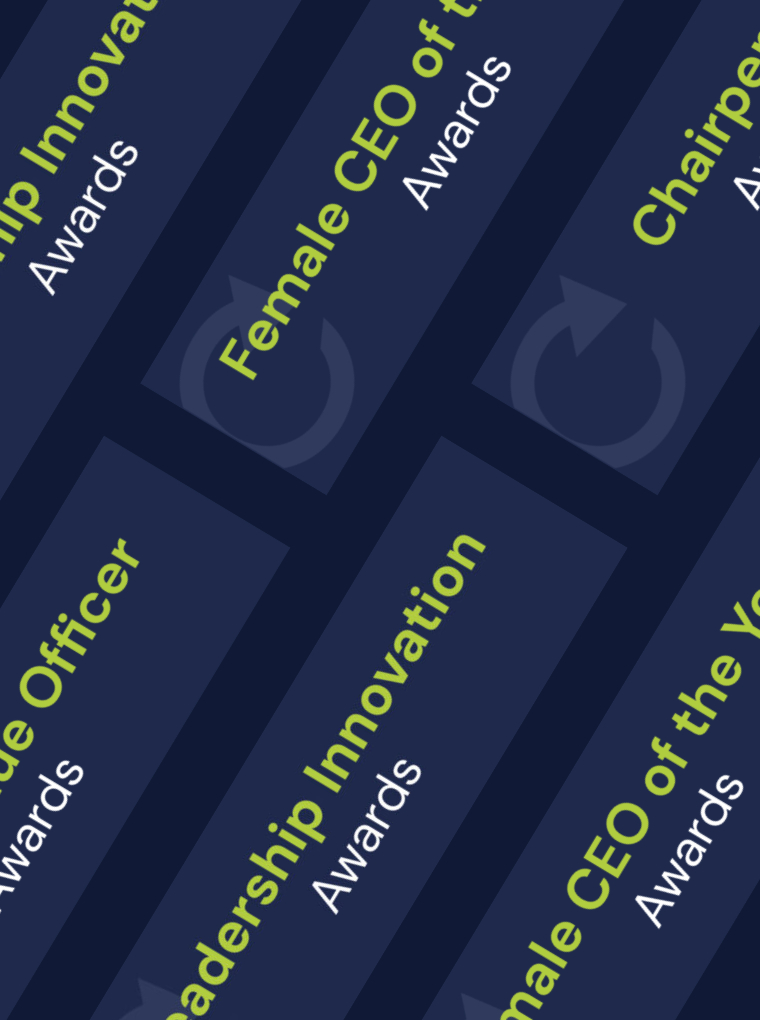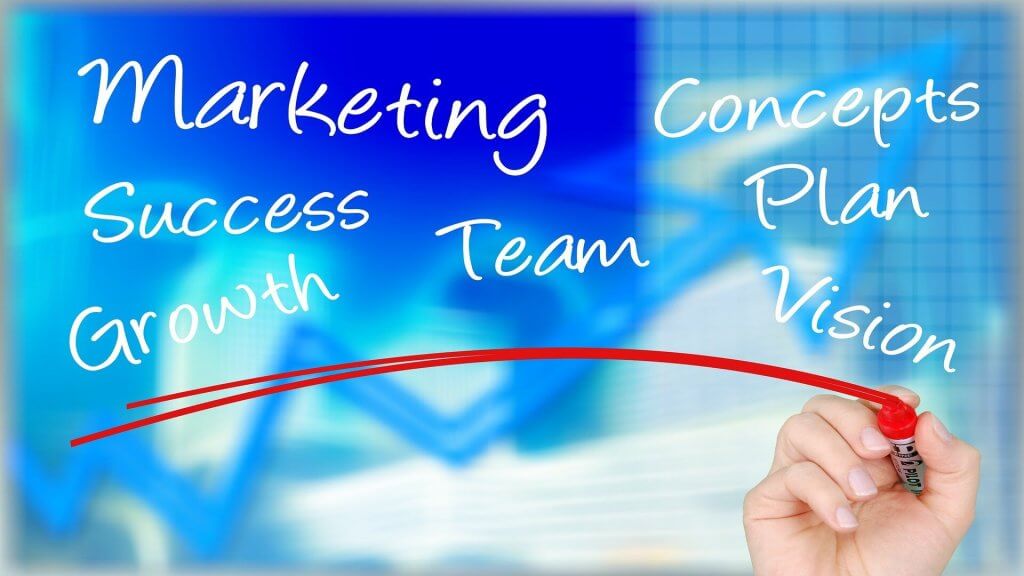How Vision-Based Technologies Are Transforming Industries in 2025
How Vision-Based Technologies Are Transforming Industries in 2025
In 2025, we’re witnessing a remarkable transformation across industries, driven by technologies that can see, analyse, and interpret the world much like humans do—only faster, more precisely, and without fatigue. Vision-based technologies, particularly computer vision, have evolved from experimental applications to essential business tools that are reshaping how organizations operate, innovate, and deliver value.
The Rise of Vision-Based Technologies in 2025
Vision-based technologies have matured dramatically over the past few years, moving beyond basic image recognition to sophisticated systems that can interpret complex visual information in real-time. The expansion of computer vision development services has made these capabilities accessible to businesses of all sizes, democratising access to technologies once limited to tech giants and specialised research institutions.
This growth is driven by several converging factors. Processing power continues to increase while costs decrease, making computationally intensive vision applications more viable. The proliferation of high-quality cameras in smartphones, IoT devices, and dedicated systems has created an abundance of visual data. And perhaps most importantly, breakthroughs in AI techniques have dramatically improved the capabilities of computer vision models, enabling them to understand visual information with unprecedented accuracy.
What makes 2025 a pivotal year for vision technologies is the convergence of these technical advances with practical business applications. Organisations across sectors are moving beyond pilot programs to fully integrate vision-based systems into their core operations. This shift is driven by compelling results: greater efficiency, reduced costs, improved safety, and entirely new capabilities that weren’t possible before.
The integration of computer vision with other technologies has further accelerated this transformation. When combined with robotics, vision systems enable machines to navigate environments and manipulate objects with increasing dexterity. Integration with IoT networks allows for distributed intelligence across physical spaces. And when paired with augmented reality, vision technologies can overlay digital information onto our view of the physical world, creating powerful new interfaces for workers and consumers alike.
Key Industries Transformed by Vision-Based Technologies
1. Healthcare: Revolutionising Diagnostics and Patient Care
Healthcare has emerged as one of the most promising applications for vision technologies. Advanced computer vision solutions are transforming medical imaging analysis, helping radiologists identify potential issues in X-rays, MRIs, CT scans, and other diagnostic images with greater accuracy and speed than ever before.
In diagnostic applications, vision systems can detect subtle patterns that might escape even experienced clinicians. For example, vision-based AI systems now routinely outperform human radiologists in detecting early signs of lung cancer, diabetic retinopathy, and certain cardiovascular conditions. These systems don’t replace healthcare professionals but instead serve as powerful assistants, highlighting areas of concern and providing second opinions that improve overall diagnostic accuracy.
Beyond diagnostics, vision technologies are transforming patient monitoring and care. Smart cameras equipped with computer vision can track patient movements in hospital rooms, alerting staff to potential falls or other safety concerns. In surgical settings, vision systems provide surgeons with enhanced visualisation during procedures and help ensure that no steps are missed in critical protocols.
Telemedicine has also received a significant boost from vision technologies. Remote diagnostic systems can now capture and analyse high-quality images, allowing specialists to provide expert opinions without requiring patients to travel. In some cutting-edge applications, surgeons can even perform or supervise procedures remotely, using robotic systems guided by sophisticated vision capabilities.
2. Manufacturing: Enhancing Automation and Quality Control
Manufacturing has been an early adopter of vision technologies, with applications that continue to evolve in sophistication and impact. The integration of computer vision models into production processes has transformed quality control, enabling 100% inspection rates that would be impossible with human inspectors alone.
Modern vision systems in manufacturing can detect defects at microscopic levels across a wide range of materials and products. Whether inspecting electronic components for soldering issues, pharmaceutical products for packaging integrity, or automotive parts for dimensional accuracy, these systems operate with remarkable precision and consistency. They don’t experience fatigue or distraction, maintaining the same level of vigilance throughout production runs.
Beyond quality control, vision technologies are integral to the emerging concept of smart factories. Cameras throughout production facilities track the movement of materials and monitor equipment performance, feeding data to AI systems that optimise workflows and predict maintenance needs before failures occur. This predictive capability reduces downtime and extends equipment life, delivering significant cost savings.
Vision systems also enhance worker safety by monitoring for dangerous situations and ensuring compliance with safety protocols. In hazardous environments, vision-enabled robots can take on the most dangerous tasks, reducing risk to human workers while maintaining or improving productivity.
3. Retail: Personalising Customer Experiences and Optimising Inventory
The retail sector has embraced vision technologies to transform both customer experiences and backend operations. In-store camera systems equipped with computer vision analyse customer behavior, providing insights that help retailers optimise store layouts, product placements, and staffing levels.
Facial recognition systems (with appropriate privacy safeguards) allow for personalised shopping experiences, greeting returning customers and providing tailored recommendations based on past purchases and expressed preferences. Vision-based navigation systems help customers locate products in large stores, while smart mirrors enable virtual try-ons for clothing, accessories, and cosmetics.
Perhaps the most visible retail application is the growth of cashierless checkout systems. Pioneered by Amazon Go and now adopted by retailers worldwide, these systems use networks of cameras and sensors to track what customers take from shelves, automatically charging their accounts when they leave the store. This eliminates checkout lines while providing retailers with detailed data on shopping patterns and inventory movement.
4. Automotive: Advancing Autonomous Vehicles and Traffic Safety
The automotive industry represents one of the most ambitious applications of vision technology, with computer vision serving as the primary sensory system for autonomous vehicles. Self-driving cars rely on multiple cameras to navigate roads, identify obstacles, read traffic signs, and make split-second driving decisions.
While fully autonomous vehicles continue to evolve, vision-based advanced driver-assistance systems (ADAS) have already become standard in new vehicles. Features like lane departure warnings, adaptive cruise control, and automated emergency braking all rely on computer vision to enhance safety. These systems have demonstrated impressive results, with studies showing ADAS-equipped vehicles involved in significantly fewer accidents.
Beyond individual vehicles, vision technologies are transforming traffic management systems. Smart intersections equipped with cameras analyse traffic flow in real-time, dynamically adjusting signal timing to reduce congestion. Similar systems monitor highways, providing early warning of accidents or slowdowns and suggesting alternative routes to navigation systems.
Parking management has also been revolutionised by vision technologies. Camera systems in parking facilities identify available spaces and guide drivers to them, reducing the time spent searching for parking. In some implementations, vision systems can even identify vehicles that have overstayed their allotted time, improving enforcement efficiency.
5. Security: Enhancing Surveillance and Threat Detection
Security applications of vision technologies have grown increasingly sophisticated, moving beyond simple surveillance to active threat detection and prevention. Modern security systems use computer vision to identify specific behaviors or situations that may indicate security risks, alerting human operators only when intervention is needed.
Facial recognition systems in secure facilities verify identities without requiring physical credentials, streamlining access while maintaining security. Similar systems in public spaces can identify known security threats, though these applications continue to face important ethical and privacy questions that societies are still working to address.
Beyond facial recognition, behavior analysis systems can identify suspicious activities based on movement patterns and contextual factors. These systems don’t require identification of specific individuals but instead focus on actions that deviate from normal patterns—for example, someone leaving a package unattended in a crowded area or attempting to access restricted areas.
Border security has also been enhanced by vision technologies, with automated systems that can screen vehicles and cargo with greater thoroughness and consistency than manual inspections alone. These systems scan for hidden compartments, unauthorised modifications, and other indicators of smuggling or trafficking activities.
While security applications deliver clear benefits, they also raise important questions about privacy, consent, and potential bias. Responsible deployment requires careful consideration of these factors, with appropriate safeguards and oversight to ensure that security benefits don’t come at the expense of civil liberties.
How to Leverage Vision-Based Technologies for Your Business
For businesses considering the adoption of vision technologies, a structured approach can help maximise value while managing implementation challenges:
Assessment and Strategy Development
Begin by identifying specific business processes that could benefit from visual analysis capabilities. Areas with high manual inspection requirements, safety concerns, or customer experience challenges often represent good starting points. For each potential application, define clear success metrics that align with broader business objectives.
It’s also important to assess your organisation’s readiness for implementing vision technologies. Consider factors like data infrastructure, technical expertise, and change management capabilities. This assessment helps determine whether to build internal capabilities or partner with external providers for implementation.
Implementation Approaches
For many organisations, partnering with specialised providers is the most efficient path to implementation. These partners bring expertise and pre-built components that accelerate development while reducing risk. When evaluating potential partners, look beyond technical capabilities to consider factors like industry experience, support capabilities, and alignment with your organisation’s approach to data privacy and ethics.
Implementation typically proceeds through several phases: proof of concept to validate the approach, pilot deployment to refine the solution in a limited environment, and finally, scaled implementation across the organisation. This phased approach allows for learning and adjustment at each stage, increasing the likelihood of successful outcomes.
Measuring ROI and Scaling Success
Vision technology implementations should deliver measurable business value, whether through cost reduction, quality improvements, enhanced customer experiences, or new capabilities. Establish clear baselines before implementation and track relevant metrics to quantify impact.
Successful initial implementations often reveal additional opportunities for applying vision technologies. Create mechanisms for sharing learnings across the organisation and identifying new use cases based on initial successes. This approach allows for organic scaling that builds on proven value rather than attempting to transform everything at once.
Embracing Vision-Based Technologies
As we navigate 2025, vision-based technologies have clearly moved from experimental novelties to essential business tools. Organisations that embrace these capabilities thoughtfully can achieve significant competitive advantages: greater operational efficiency, enhanced customer experiences, improved safety, and entirely new capabilities that weren’t previously possible.
The most successful implementations share common characteristics: clear alignment with business objectives, thoughtful integration with existing processes and systems, appropriate attention to ethical considerations, and ongoing refinement based on results and user feedback.
For business leaders, the question is no longer whether vision technologies will transform their industries, but how quickly and effectively their organisations can adapt to and benefit from this transformation. Those who approach this challenge strategically—identifying high-value applications, building appropriate capabilities, and addressing implementation challenges systematically—will be well-positioned to thrive in an increasingly visual digital future.
As vision technologies continue to evolve, the gap between early adopters and laggards will likely widen. Organisations that invest now in understanding and applying these capabilities will build competitive advantages that extend well beyond 2025, shaping their industries and defining new standards for operational excellence, customer experience, and innovation.








